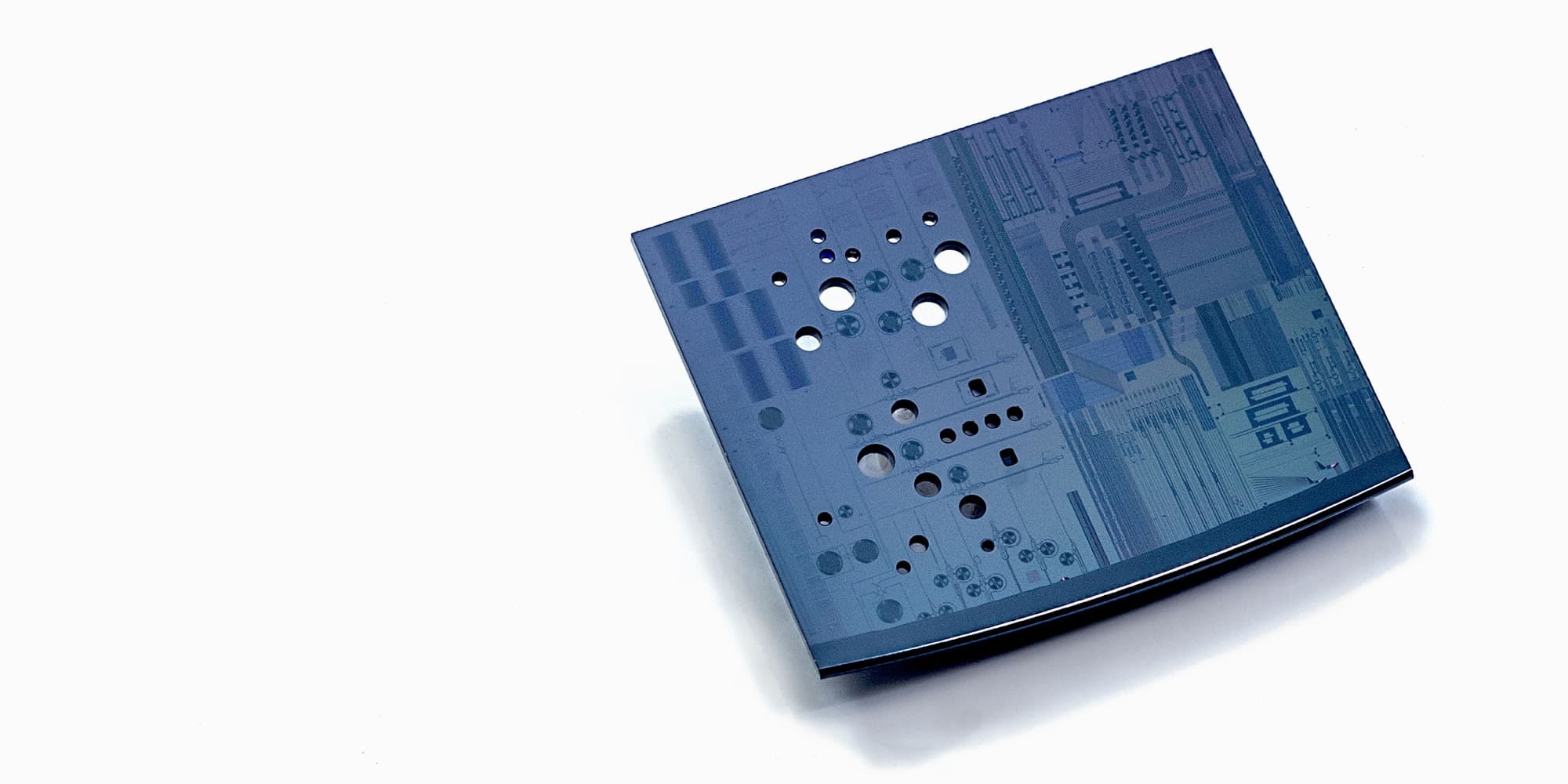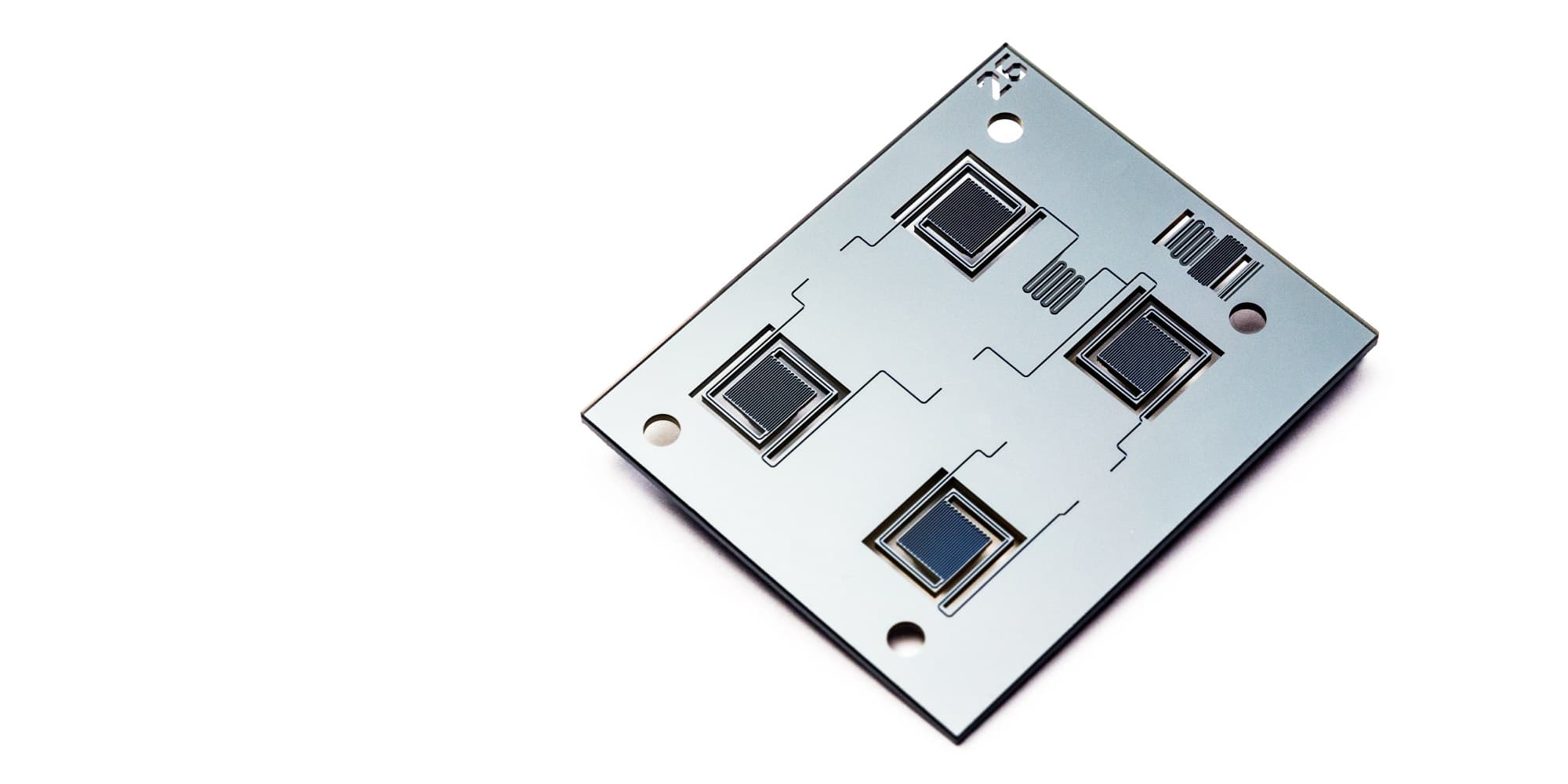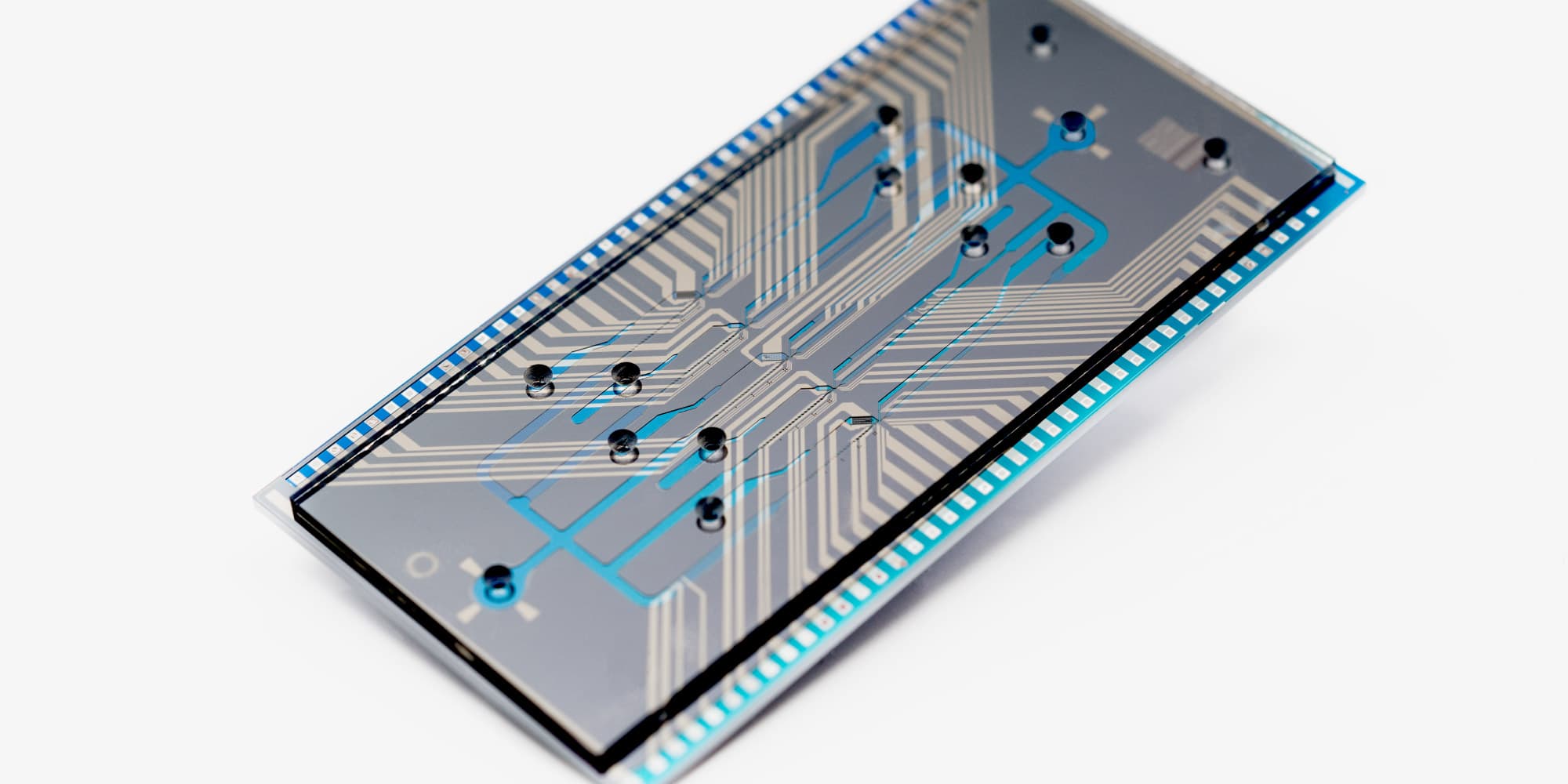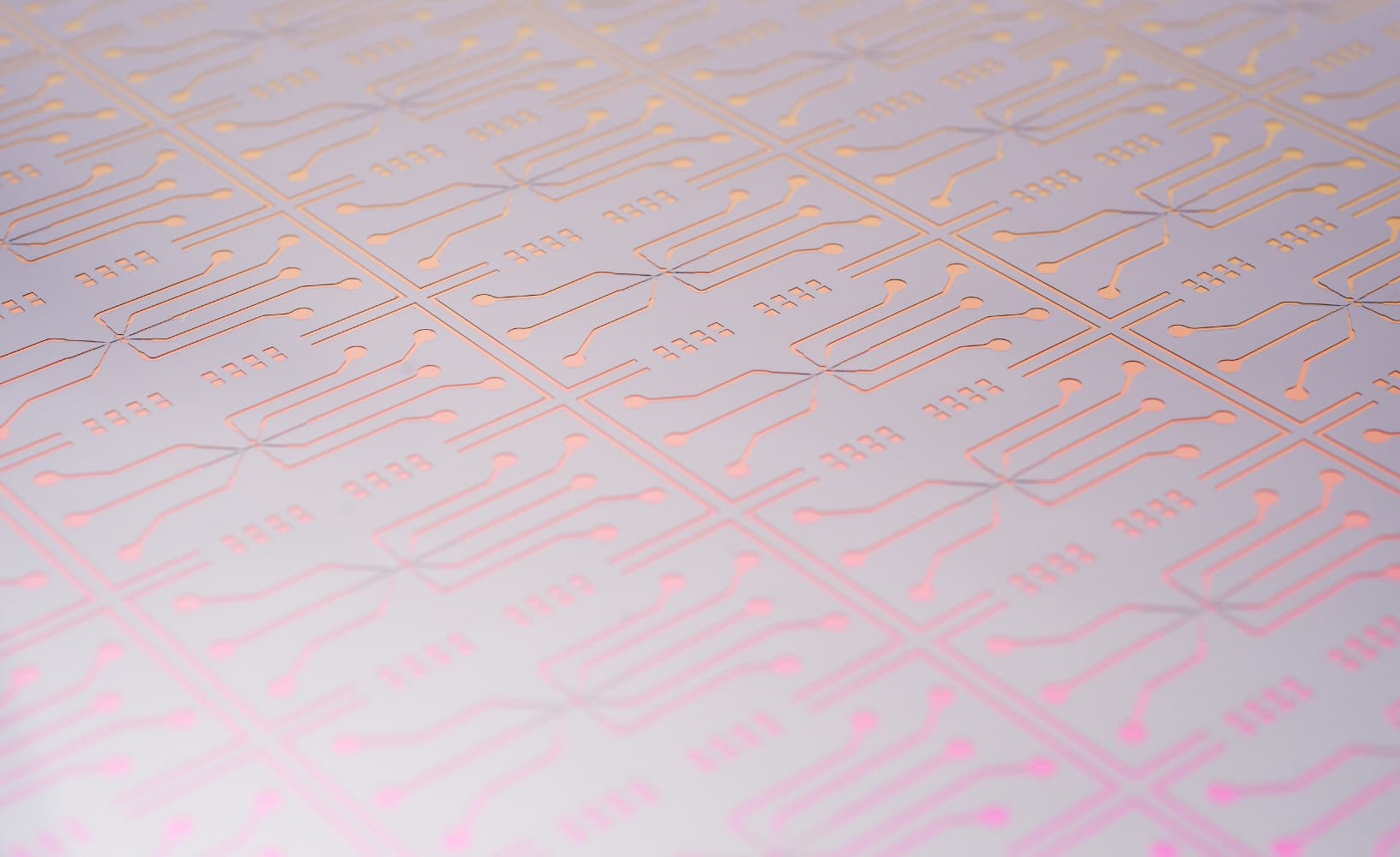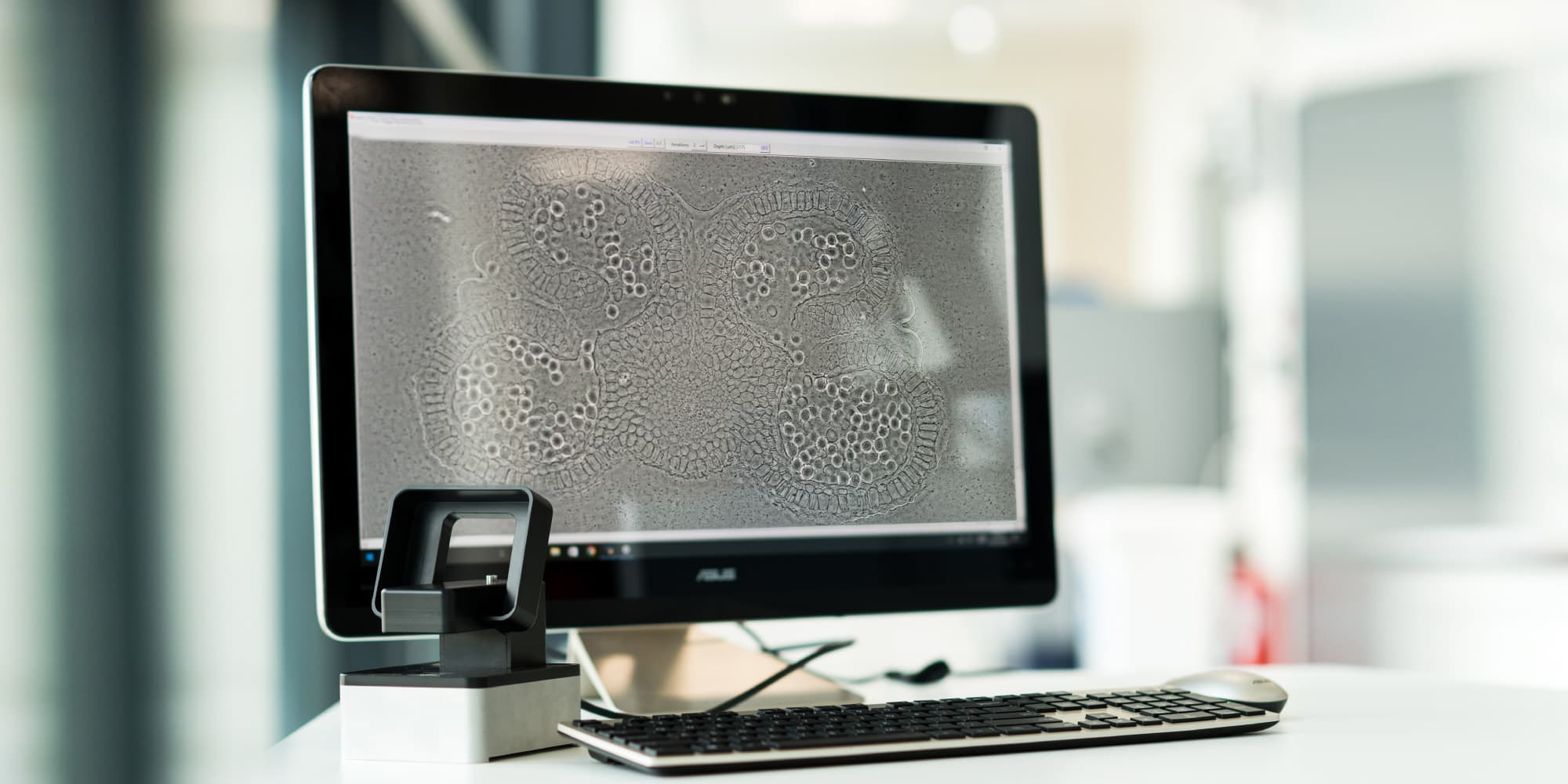Neural probes
As the brain is essentially an electrical organ, miniaturized electronics are able to decipher a good deal of its secrets. This is how imec’s silicon neural probes set the standard in neuroscientific research.
To uncover the workings of the brain and how neuronal disorders arise, neuro-electrophysiologists study the electrical activity of the brain. Their goal is to ascertain how the brain processes data and controls behavior. They achieve this by picking up signals from single neurons and across wider areas.
The primary tools to unravel these operational details of the brain are neural probes. These are small brain implants that contain electrodes for recording the electrical signals from neurons. In the future, they will also be essential components in brain-machine interfaces. These could, for instance, enable paralyzed persons to communicate more easily.
Imec leverages its expertise in the extreme miniaturization of electronic circuits to be one of the key drivers behind the next generation of neural probes. More particularly, imec plays a key role in Neuropixels. These probes are widely considered to be the ‘gold standard’ in neuroscience.
Downsizing neural probes using integrated electronics
Not surprisingly, the usefulness of a neural probe is largely determined by its size. Damage to the brain must be avoided at all costs. That includes both direct damage to the neurons and indirect damage due to inflammatory reactions that result in scar tissue blocking electrical signals.
The shank of the neural probe – the part entering the brain – must therefore be as narrow as possible. On the other hand, you want to incorporate the highest possible number of electrodes, to maximize the recording resolution.
The solution to this challenge is to integrate electronics on the probe using advanced CMOS technology. This enables the multiplexing of electrodes, and the simultaneous transport of several signals over the same cable. The number of wires in the shank is a major contributor to its dimension. This means the resolution can go up without impacting the size.
The capacity for micro-scale integration is not limited to electronics. The integration of photonic and microfluidic components on neural probes can further expand their capabilities.
There’s also a material challenge associated with neural probes. The shanks must be rigid enough to stay straight when entering, yet flexible enough to remain intact within a jiggling brain. This is especially important during long-term research.
The signal can be pre-processed and digitized on the base of the probe, instead of on external equipment. This avoids loss of the signal when it leaves the probe and travels through wires where it picks up noise.
In 2022, imec presented a scalable neural readout microchip that features one of the smallest recording channels for simultaneous acquisition of local field and action potentials. It holds the promise for even higher-density neural recording tools.
Neuropixels
The most advanced neural probe on the market today is the Neuropixels probe. It’s developed through a collaboration funded by Howard Hughes Medical Institute (HHMI), Wellcome Trust, Gatsby Charitable Foundation and Allen Institute for Brain Science. The probes are designed, developed and fabricated at imec. This is in collaboration with HHMI Janelia Research Campus, Allen Institute for Brain Science and University College London.
The first generation of the Neuropixels probe is currently used in research labs around the world. It consists of a single shank that’s monolithically integrated with a non-implantable base for amplification, digitization and power management.
The Neuropixels 2.0 probe was announced in 2021 and is only a third of the size of its predecessor. Each probe consists of four shanks with a total of more than 5,000 electrodes – an unprecedented resolution.
SEM picture of the 4 shanks of the Neuropixels 2.0.
The Neuropixels 2.0 system is especially well-suited for tracking the electrical activity of individual neurons over extended time periods – days or even weeks. This is needed to study the neural basis of phenomena such as learning and memory. And it’s challenging because neurons tend to ‘drift’ due to small movements of the brain. The second generation of the Neuropixels probe solves this through a more even and dense spacing of the electrodes, and stabilization algorithms.
Read this article on Neuropixels 2.0
Work with us
For more information about Neuropixels, and to order Neuropixels probe, visit www.neuropixels.org.
Do you want to leverage imec’s expertise and infrastructure for the development of your neural recording system? Click the button below to get in touch.

